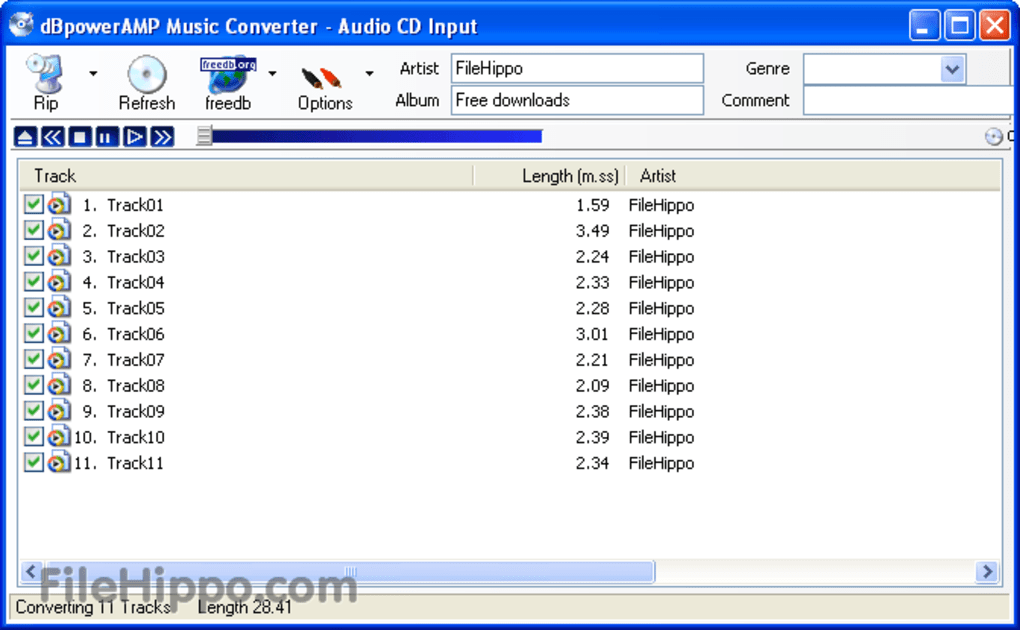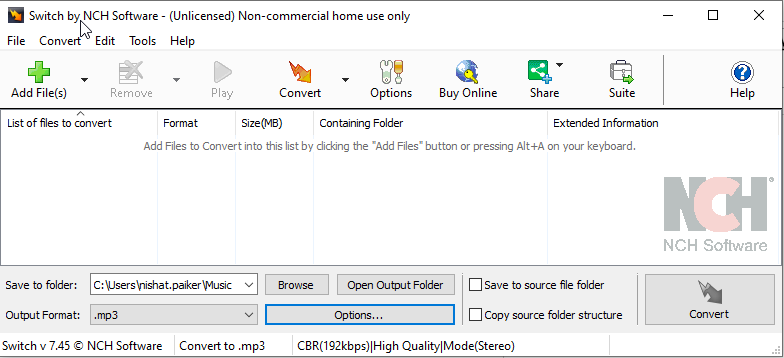

In contrast to compression, the normalization process does not do any dynamics processing of any sort, not as a general rule. Learn more about audio compression and limiting for music, podcasting and video here! Audio Peak and Loudness Normalization This is used to stop the sound of a voice recording, a guitar or a whole mix from reaching a level where the sound would create digital clipping, which sounds horrible and flattens the sound peaks, leaving little detail. The compressor usually stops it in more fine ways, like with the option to set more parameters such as attack, release and knee functions, whereas the limiter does the job of stopping all sound at a given level, usually at 0 dBFS. So, audio compressors use the peaks or the immediate RMS levels (basically the general perceived volume of sound peaks) to stop sound from getting too loud. Audio compression & compressors / limiters This is either from the Peak Level or the RMS level of the file. Audio normalization is aimed at raising or lowering the entire file/recording to a certain level. Where compression/limiting is mostly aimed at handling the immediate dynamics and peaks, leveling usually does the job of changing the overall parts inside of an audio file to better match each other, producing a whole file that is better internally, as a block/clip. While they are aimed in the same direction, which is to even out the differences in volume and amplitude within an audio recording, they go a bout it in different ways or handle different aspects of the process. The 3 biggest conceptual methods for achieving a sound that is even and loud are called audio compression/limiting, audio leveling and audio normalization.Īudio compression (as in using an audio compressor, not lossy compression, like MP3) is not to be confused with normalization or leveling.
#BEST BATCH MP3 NORMALIZER MOVIE#
This is especially important today as we have an audio landscape in media where sound plays a big part in how we perceive information and often the quality of a production, whether it´s a video clip, a movie / series or a song on the ether.


The core concept of audio dynamics treatment is to level out the differences in amplitude in the recording at hand. * Converting Wav to Mp3 files using Lame MP3 Encoder 3.Ever wondered why there are so many tools for treatment of volume and sound dynamics? Well this post aims to shine a light on why and what to use to get the proper job done. * Converting Mp3 to Wav files using LAME MP3 Encoder 3.97 * Batch test for Mp3 and Wav (PCM 8, 16, 24, 32 bit) files * Batch converting for Mp3 and Wav (PCM 8, 16, 24, 32 bit) files * Batch normalizing for Mp3 and Wav (PCM 8, 16, 24, 32 bit) files * Batch processor for Mp3 and Wav (PCM 8, 16, 24, 32 bit) files * Advanced Wav Normalizer and MP3 Normalizer The Sound Normalizer allows to fulfill the test and normalization separately for each channel. The Sound Normalizer contains Batch processor and it allows to fulfill the batch test, batch normalization and batch converting Mp3 and Wav (PCM 8, 16, 24, 32 bits, DSP, GSM, IMA ADPCM, MS ADPCM, AC3, MP3, MP2, OGG, A-LAW, u-LAW) files. It is reached by the test and normalization of the volume level of Mp3 and Wav files. The Sound Normalizer improves and regains a quality of Mp3 and Wav (PCM 8, 16, 24, 32 bits, DSP, GSM, IMA ADPCM, MS ADPCM, AC3, MP3, MP2, OGG, A-LAW, u-LAW) files.


 0 kommentar(er)
0 kommentar(er)
